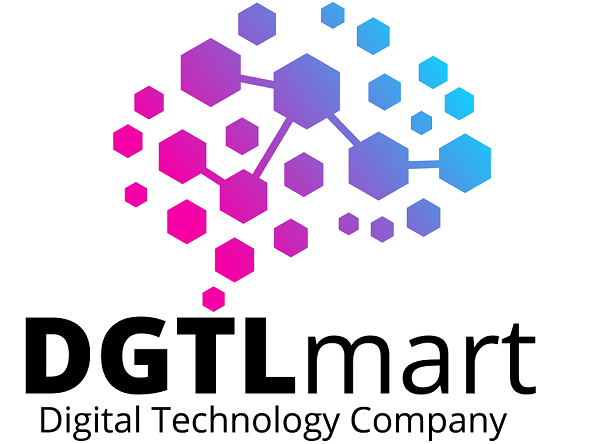HTML CSS Website Development
The Evolution of HTML and CSS in Modern Web Development
Introduction
HTML (HyperText Markup Language) and CSS (Cascading Style Sheets) are web development tools of the times. They have made a long journey since their beginning and can now empower developers to develop quick, friendly, and interactive websites.
The article describes how HTML and CSS developed from their initial states to HTML5 and CSS3 and how today they are being used in web development services.
Understanding HTML and CSS
- HTML gives web page organization. It specifies items such as text, images, links, and forms so content may be navigated.
- CSS makes the HTML content appear pretty. It specifies typeface, color, spacing, layout, and appearance to make sites look good.
- Both HTML and CSS are search engine optimization (SEO) friendly, enabling search engines to understand content better and resulting in higher placement of your site.
History of HTML
HTML 3.2 (1997)
Included support for tables, scripting, and basic stylesheets. More that plain text pages could be done by developers.
HTML 4.0 and 4.01 (1999)
Improved multimedia capability, accessibility, and presentation content separation.
XHTML 1.0 and 2.0
A lighter, XML-based variant of HTML. Web pages would be more regular but was eventually replaced due to its complexity.
HTML5 (from 2008 onwards)
Strongest deployment, used today. The most notable features include:
- <header>, <footer>, <article> for better content organization
- <canvas> for rendering graphics and animations
- Native audio and video support without plugin use
- Offline app capability and mobile support
CSS development
CSS Level 1 (1996)
Foundational styling attributes such as fonts and color.
CSS Level 2 and 2.1 (1998–1999)
Introduced functionality such as positioning, z-index, and multi-media type support (screen, print, etc.).
CSS3 (Continued since the 2000s)
Integrated in modules. Key features are:
- Flexbox and Grid for responsive layout construction
- Transitions, animations, and transformations
- Media queries for mobile support
- Modular design for ease of updates
The Role of HTML5 and CSS3
HTML5
- Interactive content such as videos, graphics, and forms are seamlessly integrated
- Offline capability of the web app supported
- Semantic tags used for improved SEO and accessibility
CSS3
- Responsible for making responsive layouts with flexbox and grid
- Provides animation and visual effects such as shadows and gradients
- Makes design newer and mobile-responsive
Future Trends in HTML and CSS
HTML and CSS keep advancing. Future development should be working on:
- Making it faster and better performing
- More support for new devices and browsers
- Convergence with WebAssembly, Progressive Web Apps (PWAs), and other technologies
- Newer CSS features such as container queries and more control of design
Real-World Implications for Web Development
- Improved User Experience: CSS transitions and HTML5 video ensure smooth and interactive content.
- Better SEO: Clean code and semantic content enhance search engine rankings.
- Accessibility: Better screen reader and assistive technology navigation.
- Responsive Design: Responsive on all devices and screen sizes.
Case Study: DGTLmart Web Development Company
HTML5 and CSS3 powered by Faridabad-based DGTLmart Technologies provides state-of-the-art, responsive web sites. Their technical expertise guarantees:
- Mobile-friendly, fast-loading designs
- SEO-optimized structure and content
- Simple-to-use interfaces with robust visual appeal
- Fully compatible across all browsers and devices
Their utilization of the current web technologies enables clients to build websites that are both functioning and possess outstanding user experiences.
HTML and CSS have changed a lot from their initial period. Today, HTML5 and CSS3 enable developers to build advanced and responsive and accessible websites.
With the advancements in web designing, it is imperative to learn and implement these new technologies. Organizations can remain competitive with well-designed websites having superior performance on any device with professional assistance from organizations like DGTLmart Technologies.
